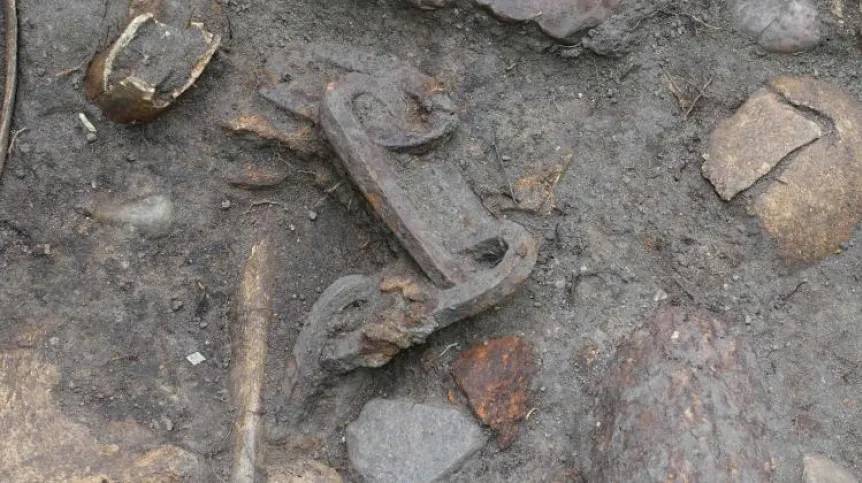
Archaeologists found two several hundred years old execution chains during excavations in the gallows in Żagań (Lubuskie). According to the discoverers, such artefacts are rarely discovered in Poland. Researchers also extracted several thousand bone fragments.
The gallows in Żagań functioned from the 16th to the 18th century. Researchers estimate that in total several dozen people were executed there. The convicts were hung or decapitated. During this year`s excavations, archaeologists found two execution chains.
"Only a single link survived from one of them has, but the second chain consisting of four links is probably complete. Execution chains are extremely rare finds, so far only two complete objects of this type are known in Poland" - says the research project leader, Dr. Daniel Wojtucki from the University of Wrocław.
What was the function of the chains? They were used instead of a rope during execution. After the execution, convicts were not immediately removed from the gallows; they would be left to hang on the gallows to warn the public. Some researchers believe that since ropes were not very strong and the corpses would fall down quite quickly, stronger chains were used.
According to others - for example Magdalena Majorek, who leads the excavations in Żagań together with Bartosz Świątkowski, archaeologist from the University of Gdańsk - they were used mainly for people who committed serious crimes.
"Chains of this type constrained the larynx, so this execution method was very painful" - the researcher adds.
According to the researchers, one of the chains was used during the execution of the death sentence issued in September 1716 by the Prague Appeals Chamber. Dr. Wojtucki estimates that the execution took place at the turn of 1717.
During the excavations in May, several thousand bones were excavated within the gallows. They will soon be examined by anthropologists - all within the framework of a project funded by the National Science Centre and led by Dr. Daniel Wojtucki from the University of Wrocław. Archaeologists also came across a dozen or so iron nails used to attach ropes or chains to gallows.
Archaeologists also dug out one of the buried convicts this year. He was beheaded and his head was placed at his feet.
Not only criminals were buried near the gallows, but - as the researchers managed to determine - also suicides. They could not be buried in the church cemetery. Two burials of this type were discovered this year. The dead were buried there in parallel rows and at appropriate distances - this order had not been maintained in the adjacent convicts quarters.
PAP - Science in Poland, Szymon Zdziebłowski
szz/ agt/ kap/
tr. RL
Gallery (6 images)
-
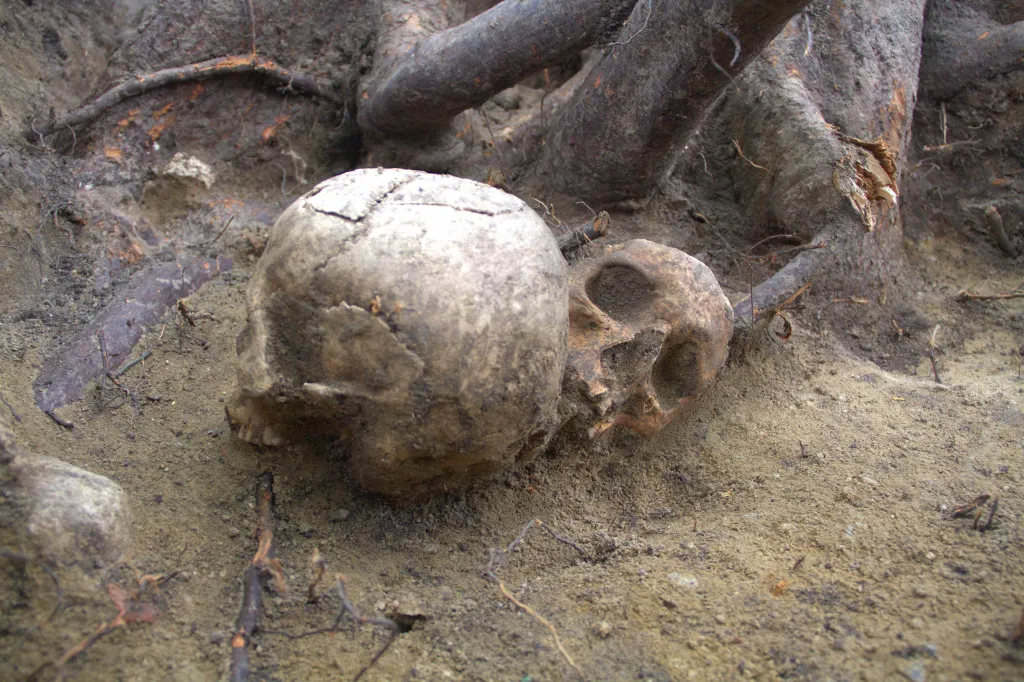 1/6Photo: Bartosz Świątkowski
1/6Photo: Bartosz Świątkowski -
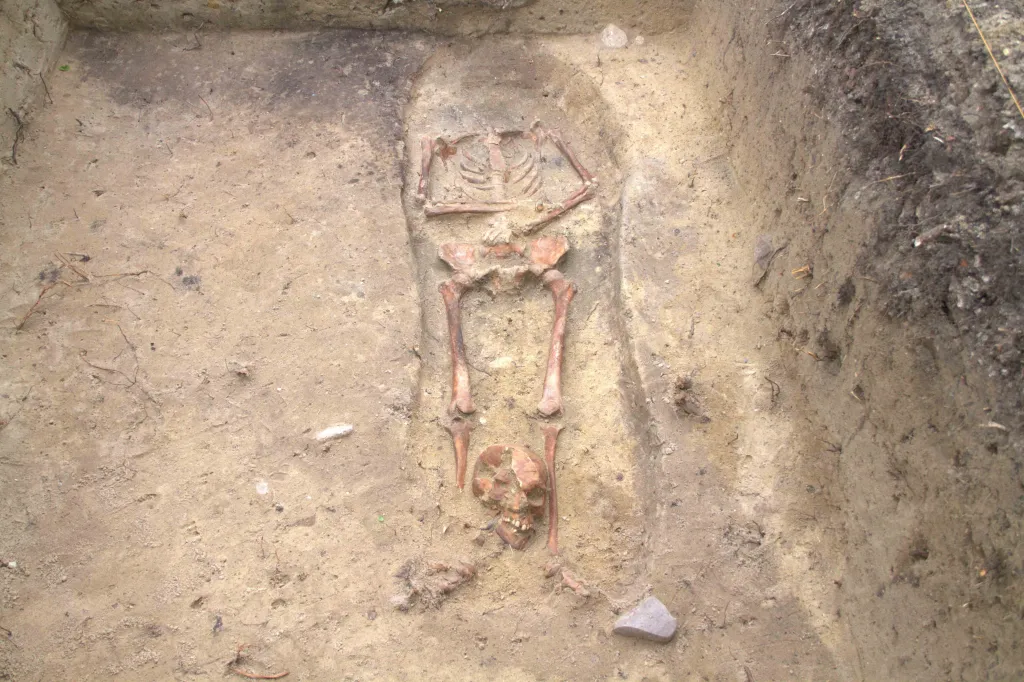 2/6Photo: Bartosz Świątkowski
2/6Photo: Bartosz Świątkowski -
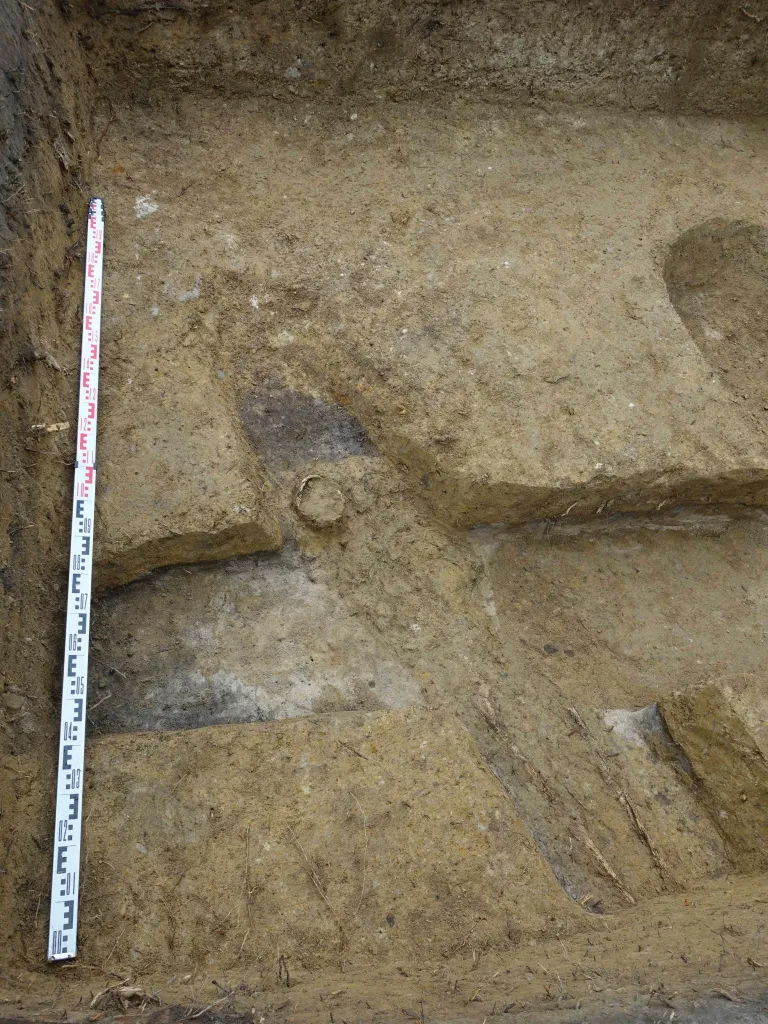 3/6Photo: Bartosz Świątkowski
3/6Photo: Bartosz Świątkowski -
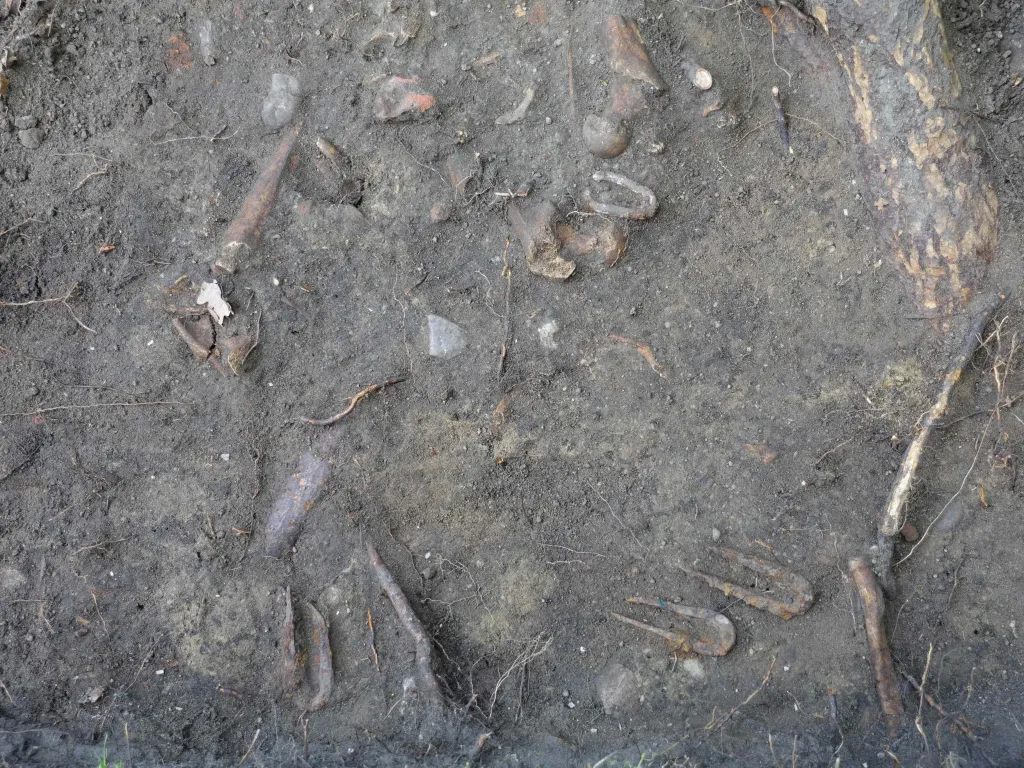 4/6Photo: Bartosz Świątkowski
4/6Photo: Bartosz Świątkowski -
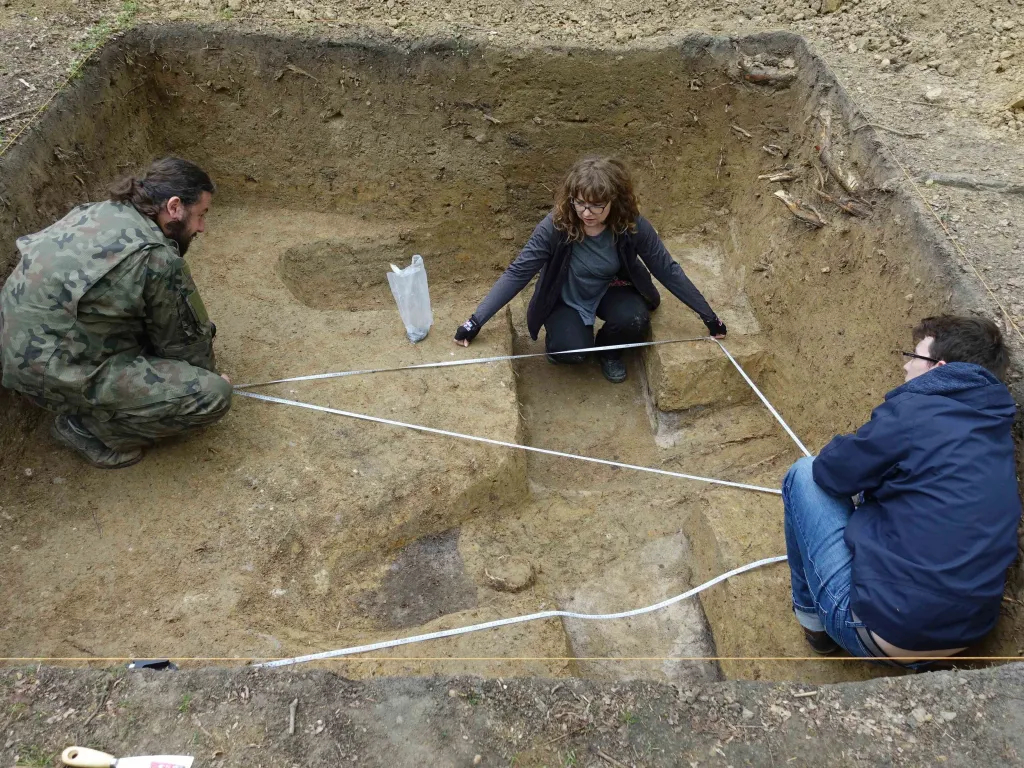 5/6Photo: Bartosz Świątkowski
5/6Photo: Bartosz Świątkowski -
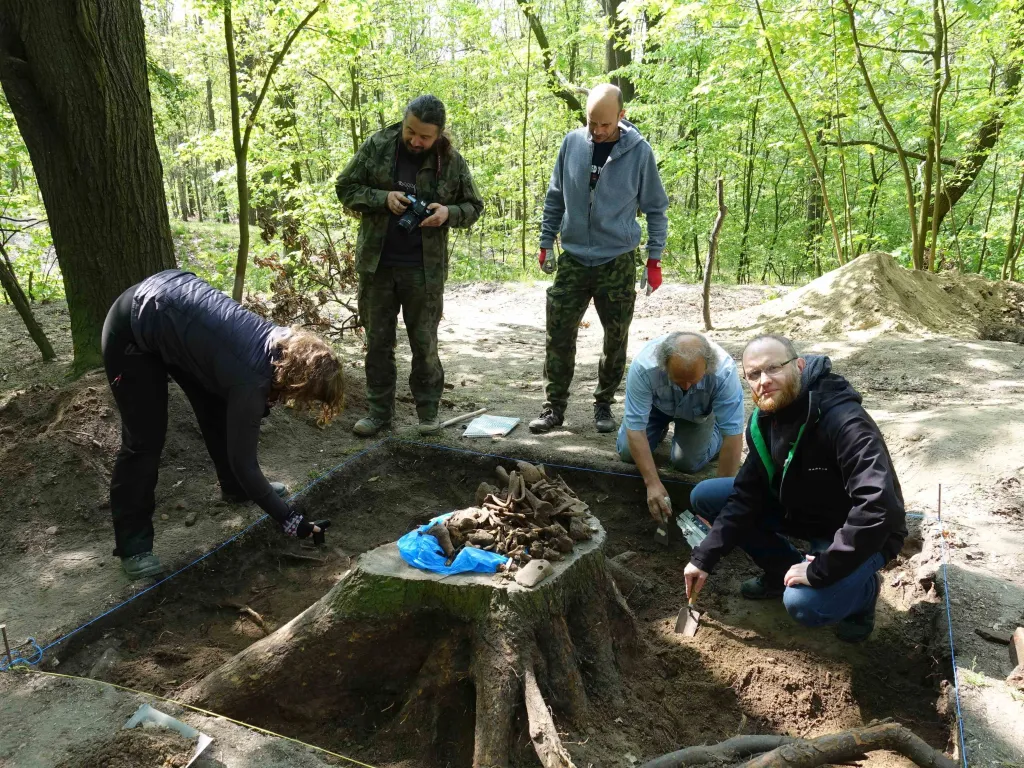 6/6Photo: Bartosz Świątkowski
6/6Photo: Bartosz Świątkowski













